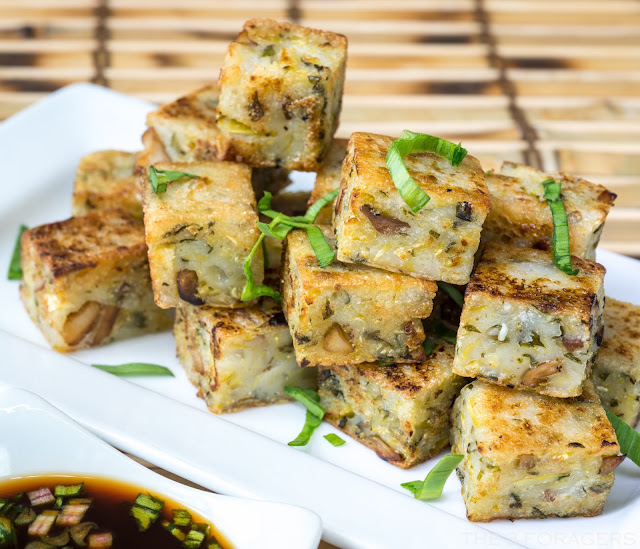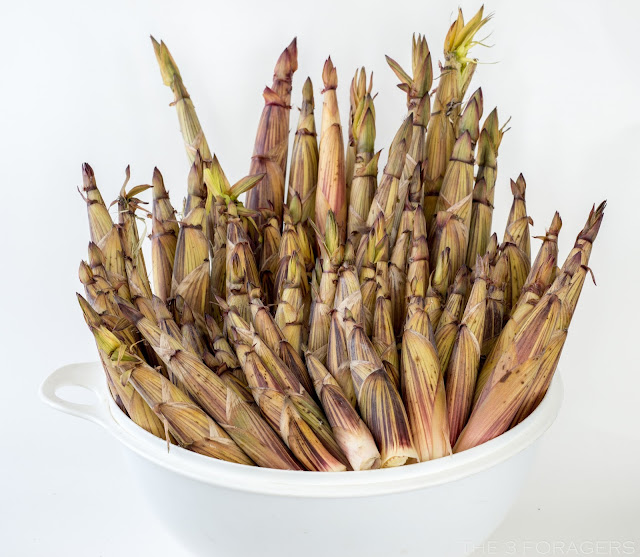Holy cow, where did July go? Summer vacation is half over, and the first day of school is less than a month away! We have programs coming up, and add more occasionally. The best place to see our events listings is on our Facebook page, https://www.facebook.com/The-3-Foragers-118852208201771/ . Most programs will include a PowerPoint with original photographs,
educational handouts, and Nature Center locations include outdoor
interactive walks. We will have copies of our newly released book, Adventures in Edible Plant Foraging: Finding, Identifying, Harvesting, and Preparing Native and Invasive Wild Plants, available for purchase.
We still have many Saturdays in the autumn, or weeknights available for programs for YOUR
organization, nature center, land trust, or library in Connecticut,
Rhode Island, or southern Massachusetts. Contact us directly at
kraczewski@comcast.net
August 13, 10am- 1pm, Mushroom Identification for Beginners, Flanders Nature Center,
Woodbury, CT. Contact Flanders to register, 203-263-3711, cost: $10 members,
$15 non-members
August 27, 10am-1pm, Edible Plants and Fungi of Autumn, Goodwin State Forest, Hampton,
CT. Contact Goodwin to register, 860-455-9534
September 3, 1pm-4pm, Edible Plants and Fungi of Autumn, Bushy Hill Nature Center, Depp
River, CT. Contact Bushy Hill to register, 860-767-2148 x604, cost: suggested
donation $5
September 10, 1 pm-4pm, Edible Plants and Fungi of Autumn, Pratt Nature Center, New
Milford, CT. Contact Pratt to register, 860-355-3137, cost: $5
September 18, 1 pm-3pm, Mushroom Walk, Friends of Hopkinton Land Trust, Hope Valley, RI.
Contact Hopkinton Land Trust to register, space is limited, 602-730-7263
September 21, 6:30pm-8pm, Edible Plants and Fungi of Autumn, Farmington Library, Farmington,
CT. Contact Farmington Library to register, 860-673-6791
September 26, 6pm-7pm, Edible Plants and Fungi of Autumn, Harmony Central Library,
Glocester, RI. Contact Harmony Library to register, 401-949-2850
October 1, 1pm-4pm, Edible Plants and Fungi of Autumn, The Sanctuary Land Trust, East
Haddam, CT. Contact The Sanctuary to register, 860-319-134, cost: donation
October 15, 10am-1pm, Mushroom Identification for Beginners, Northwest Park, Windsor, CT.
Contact Northwest Park to register, 860-285-1886, space is limited






















































